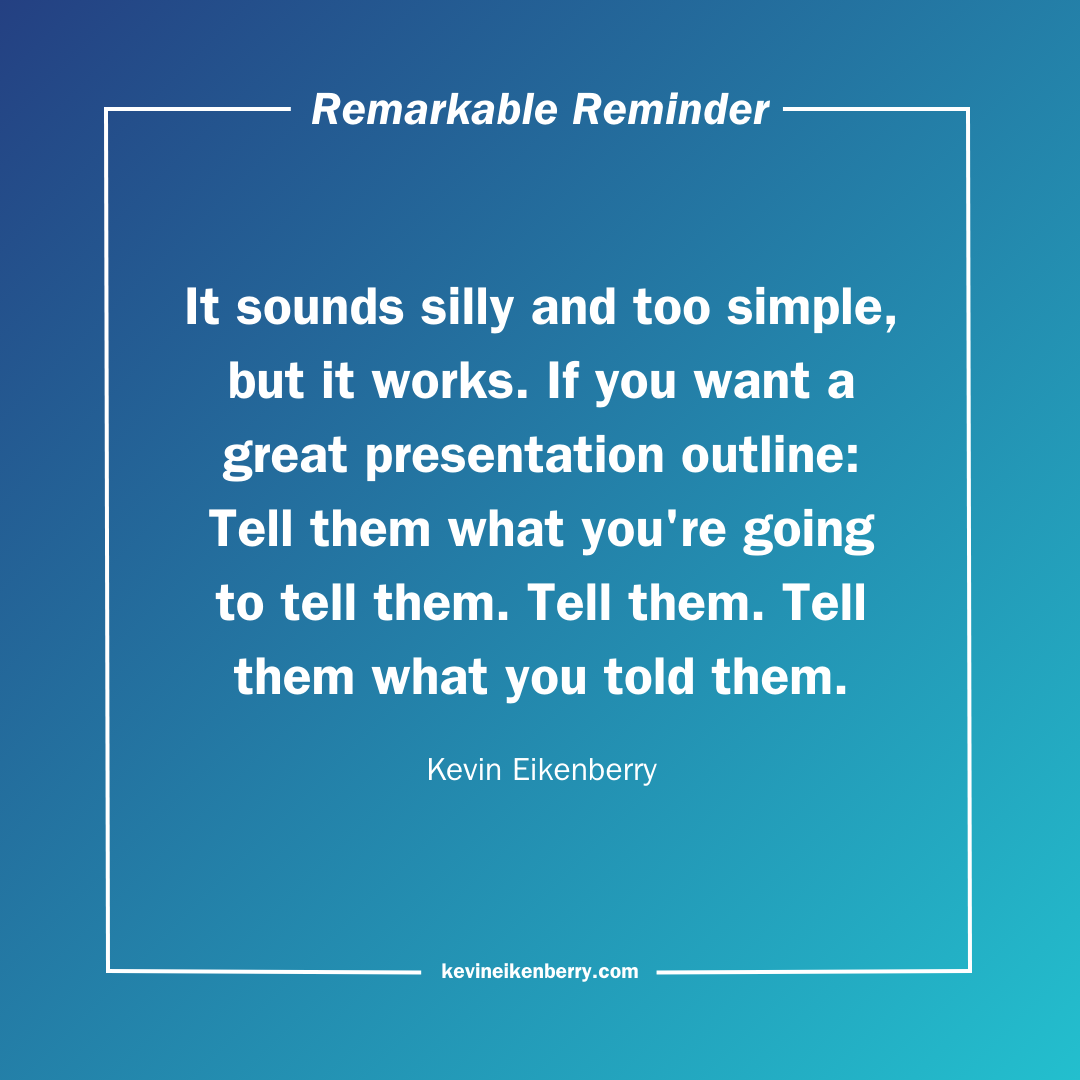Effective presentations are a cornerstone of successful communication, whether in leadership, education, or any field requiring the conveyance of ideas. One of the most enduring and straightforward methods to structure a presentation was first introduced over 2500 years ago by Aristotle. This method, still relevant today, is based on a simple three-part structure: Introduction, Body, and Conclusion.
Why a Simple Presentation Format is Useful
A simple presentation format provides numerous benefits. Firstly, it helps in the planning phase by providing a clear structure to follow. Knowing the framework in advance allows you to outline your presentation effectively, ensuring that each section is well thought out. Secondly, it aids in the preparation process. With a defined format, you can focus on developing your content, creating slides, and arranging your thoughts coherently.
When it comes to delivery, this format keeps you on track. It minimizes the chances of losing your place during the presentation, a common issue many presenters face. Moreover, it provides a safety net; if you do lose your place, you can easily refer back to the structure to find your way. Most importantly, a simple presentation format significantly benefits the audience. It makes your presentation easier to follow, ensuring that your key points are understood and retained.
The Simplest Presentation Format by Aristotle
Aristotle’s presentation format can be summarized in three words: Introduction, Body, and Conclusion. Each part plays a crucial role in the effectiveness of the presentation.
- Introduction: This is where you capture the audience's attention and establish the importance of your topic. It's essential to make the audience understand why they should care about the subject matter. Additionally, the introduction sets the stage for what you want the audience to do with the information provided, known as the desired response.
- Body: The body contains the main content of your presentation. This is where you present your key points and arguments. It’s vital to spend adequate time structuring the body to ensure clarity and logical flow. Many presenters make the mistake of focusing too much on the body and neglecting the other parts, but balance is key.
- Conclusion: The conclusion is your opportunity to summarize the main points and reinforce the message. It’s crucial to clearly state what you want your audience to do next. This section should leave a lasting impression and motivate the audience to take action.
The Fractal Nature of the Format
One of the fascinating aspects of this format is its fractal nature. The structure of Introduction, Body, and Conclusion can be applied at various levels of the presentation. Whether your presentation lasts 30 seconds, 30 minutes, or three days, this format remains effective. Each section of your presentation can be broken down further into smaller segments, each following the same three-part structure. This fractal approach ensures consistency and clarity throughout your presentation.
In conclusion, the simplicity and effectiveness of Aristotle's presentation format cannot be overstated. A great way to remember this format is through a catchy phrase: "Tell them what you’re going to tell them, tell them, and tell them what you told them." This encapsulates the essence of Introduction, Body, and Conclusion.
Adopting this timeless format will enhance your presentation skills, making you a more effective and persuasive communicator. As you incorporate this structure into your presentations, you’ll find it becomes a valuable tool in your leadership toolkit.
Follow The Remarkable Leadership Podcast


0 comments